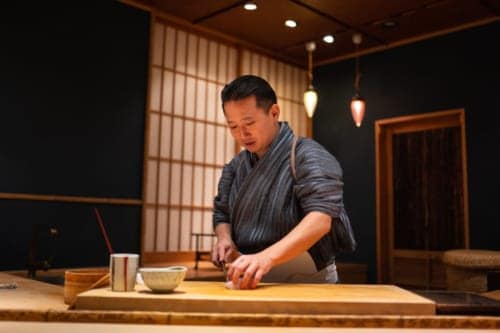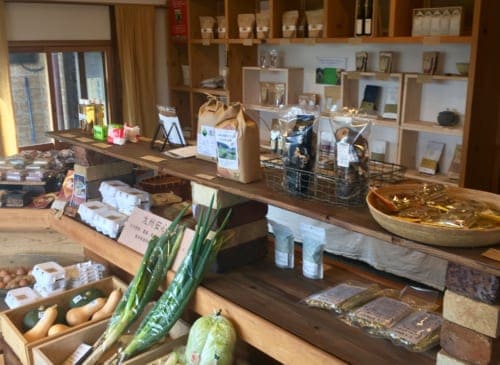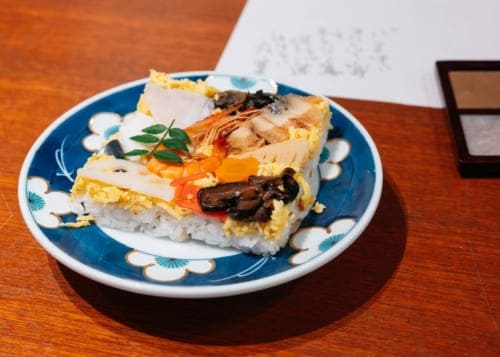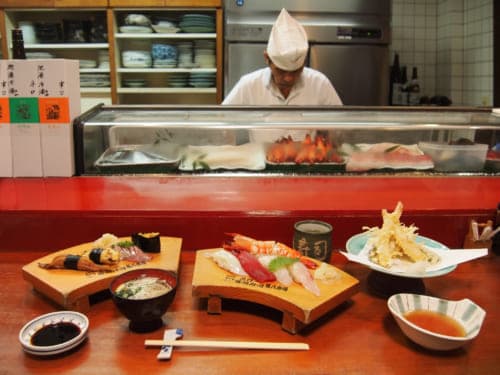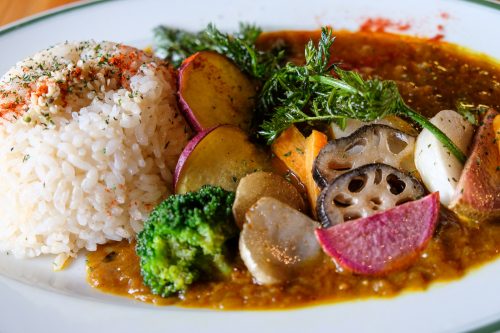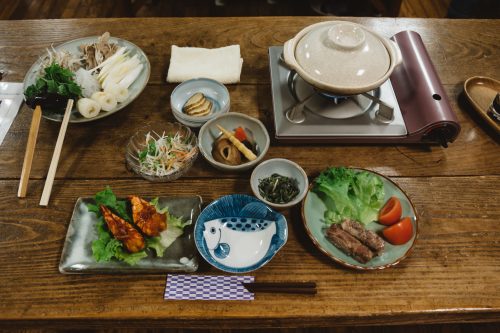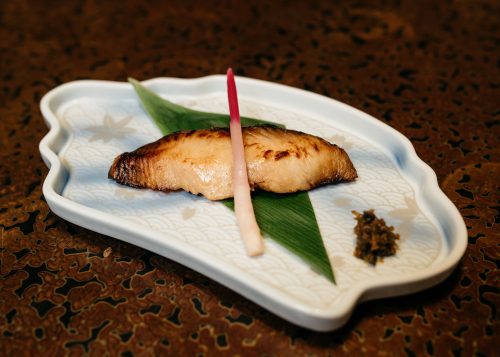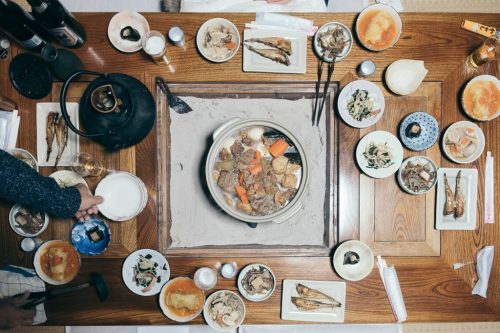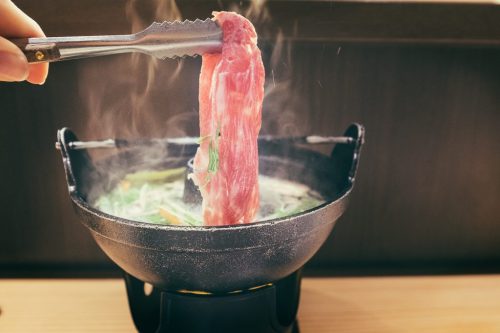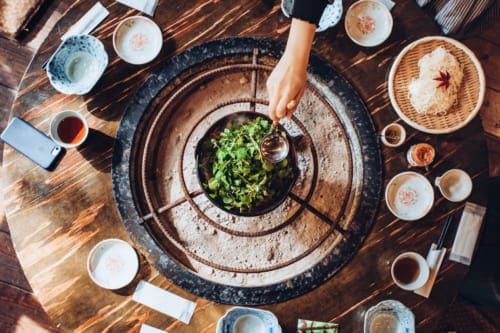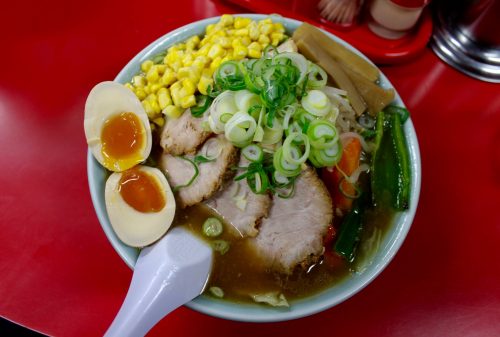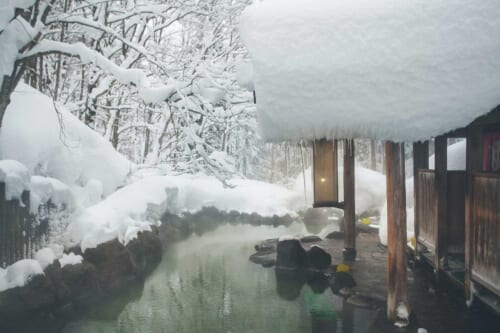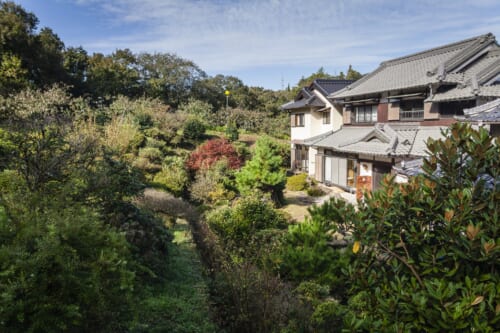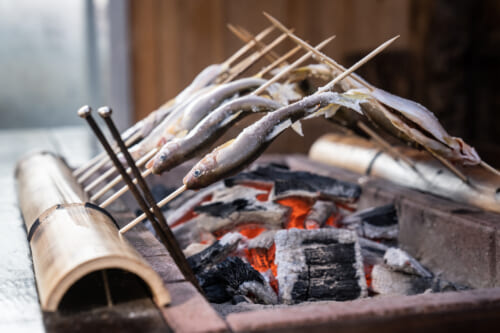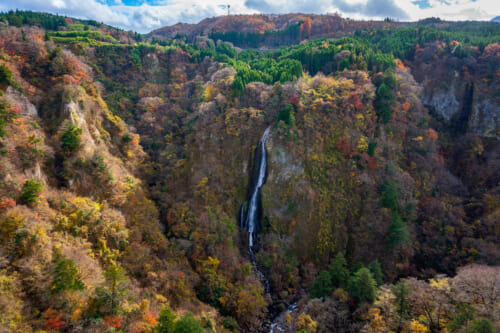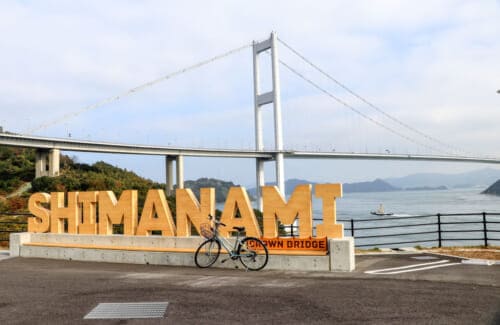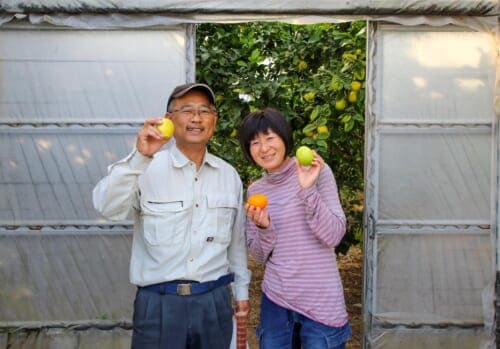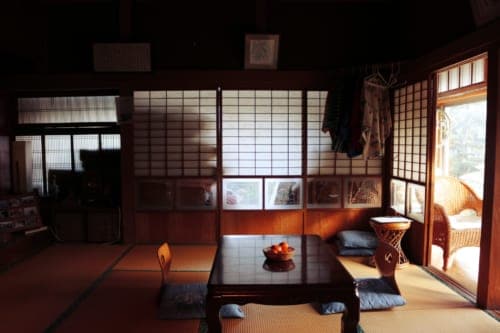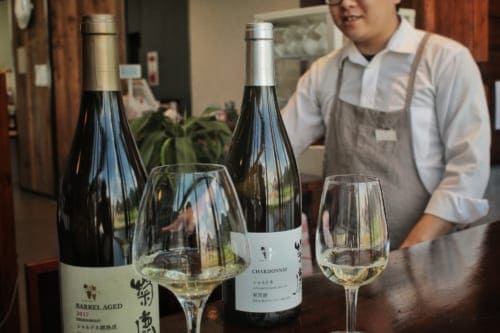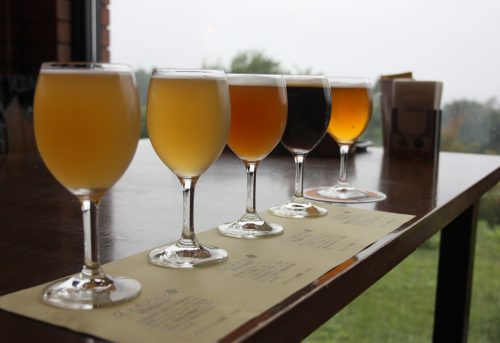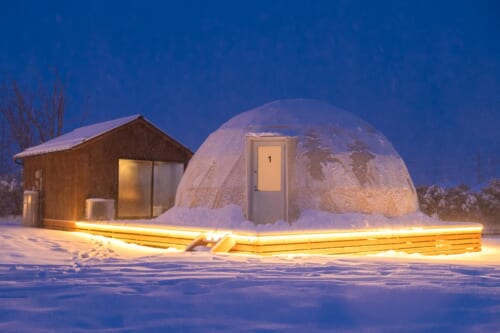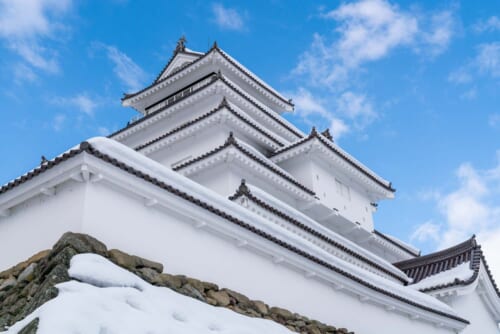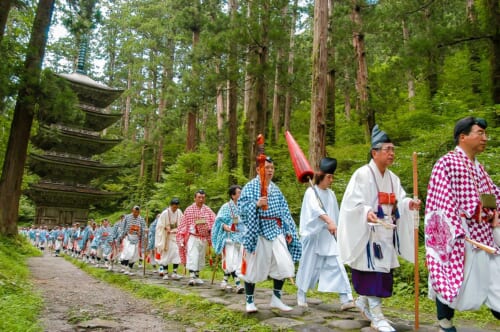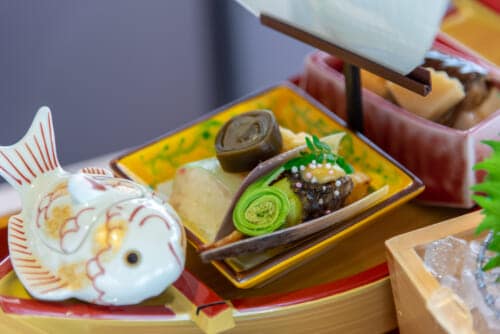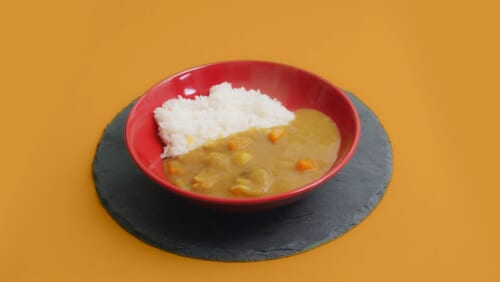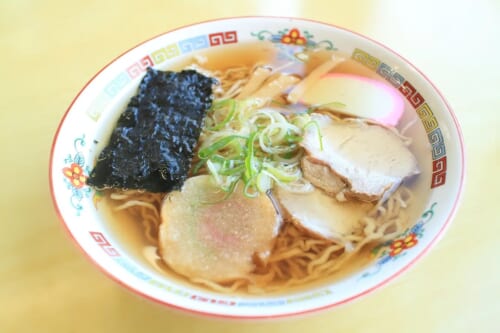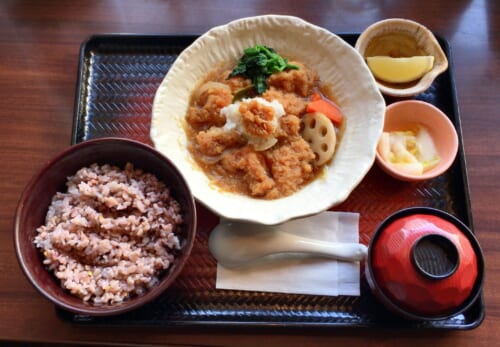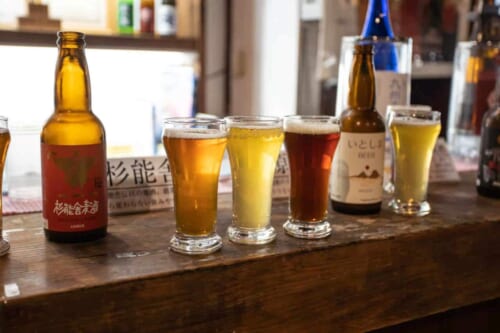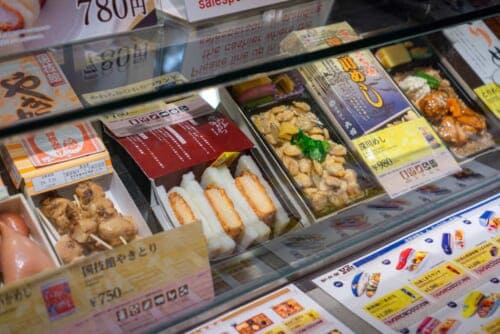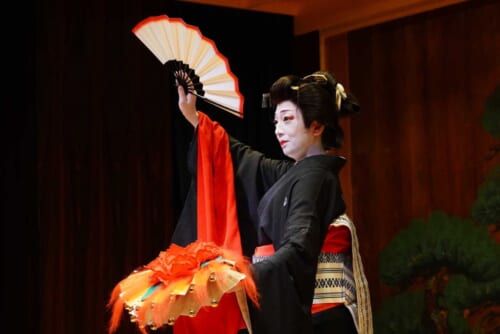Visitors come to Japan with the idea that Japanese people eat sushi and ramen every day, but the variety of Japanese foods goes well beyond these beloved dishes. As Japan is geographically divided by seas and mountain ranges, different areas of Japan developed their own distinct cuisines based on the locally available products. Coastal areas with access to seafood-abundant waters have many dishes based on fish, shellfish and seaweed, mountainous areas have foods that contain many wild vegetables and mushrooms, and regions with large plains have cuisine centered around livestock and vegetables.
Featured Articles
Rice, of course, is a Japanese staple found all over the country, but different types of rice are grown in different prefectures that have specific characteristics, perhaps coarser, stickier, or fluffier. Rice varietals also contribute to the wide range of sake brewed around Japan along with the purity of the water sources.
With 226 establishments, Tokyo leads the world yet again in 2020 in the number of Michelin starred restaurants. But even if you’re not interested in such types of establishments, the standard of quality in the average restaurant in Japan is so high, even inexpensive restaurants will often amaze you.
Japanese Food
Aside from the popular conveyor belt sushi and endless ramen restaurants of the big cities, many visitors come to Japan to try the world-renowned high-quality beef. Though the most famous beef by name is Kobe beef, many other areas of Japan also raise cattle producing beef that is every bit as tender and flavorful. Yakiniku, grilled meat is a favorite way to enjoy not only beef, but also pork and chicken. Fried foods like tempura and katsu were introduced by Europeans, but have been adapted to become part of Japanese cuisine for centuries.
Besides the well-known dishes, delicious soups and stews called nabe are popular ways to warm your belly in the colder months and are famous for being the meal of sumo wrestlers. Soba and udon are two other types of noodles that Japanese people love, served cold or hot depending on the season. But if you want to eat like a real Japanese local, nothing beats a farm stay experience, where your hosts will often prepare you home-cooked meals from their farm products.
International Cuisine
Though you can certainly find very authentic international restaurants in the larger cities around Japan, it is also enjoyable to try out some “Japanified” versions of international foods as you indulge your taste buds. Italian restaurants have doria, a baked dish made with rice, cheese, and other ingredients. Order a pizza with some unusual toppings like squid, mayonnaise, or even mentaiko (spicy fish eggs).
If you like spicy foods, well, you may be out of luck in Japan. Spicy isn’t a favorite flavor among Japanese palates, so you may have to search for some restaurants if you need that extra kick. Korean and Indian restaurants are plentiful, but you’ll need to ask them “turn up the heat” with some extra spices.
Vegetarian and Vegan
Japan can be a difficult place for people with dietary restrictions, especially those who do not eat meat, including fish products. Dashi, made with fish broth, is used in a large percentage of Japanese foods, even those you think would not have any. And Japanese chefs themselves don’t often consider dashi as a non-vegan ingredient.
Things are slowly improving, and we do have advice for vegetarians and vegans traveling to Japan in a separate article. Still, if you are on a strict diet or need to avoid certain ingredients for medical reasons, we urge you to take care when dining out in Japan.
Our Recent Articles


